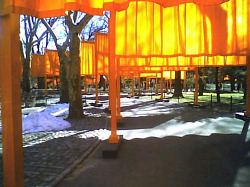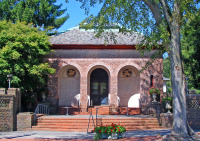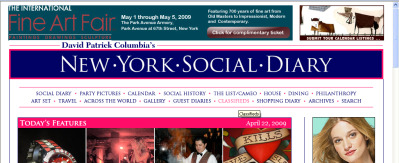That infamous sale of two 1750 Chinese bronzes at Christie’s Yves St. Laurent auction last February may be rumbling towards a settlement, according to my friend Georgina Adam, an editor-at-large of The Art Newspaper. In her regular Saturday column for the Financial Times, Georgina writes that “the French government is working on a face-saving solution.”
You may recall that the Chinese buyer of the works, Cai Mingchao, bid a record-setting $40 million for the rabbit and rat fountainheads. He then declined to pay for them because they’d been disappeared — probably looted — from the Summer Palace in Beijing around 1860, when it was sacked by the British and the French. Cai made his bids, which stunned everyone even before they turned out to be a ruse, as a patriotic gesture.
Georgina quotes the French weekly, Le Point (my French is not good enough to read it, sorry to say), suggesting that Carrefour, the huge supermarket chain with a strong presence in China, is forming a consortiom that would buy the bronzes and give them back to China.
Carrefour says that the report is “inaccurate” but does not say it is “untrue” and is not prepared to comment further. Christie’s also refuses to comment on the issue, except to say that “the sale has not been cancelled”, and maintains that the Yves St Laurent sale totalled £332.8m, a figure that includes the price for the bronzes.
This is probably the optimum solution, given the circumstances.
Here’s a link to Georgina’s column, which as usual has other interesting news about the art market as well.



